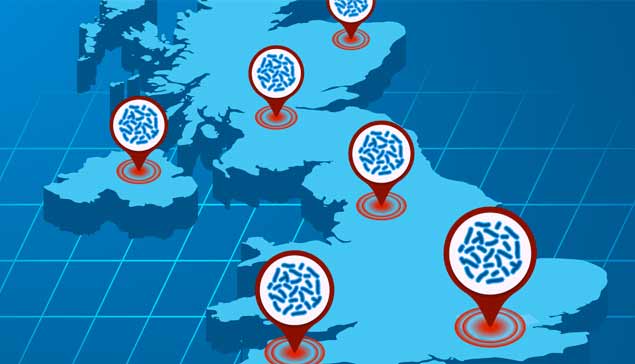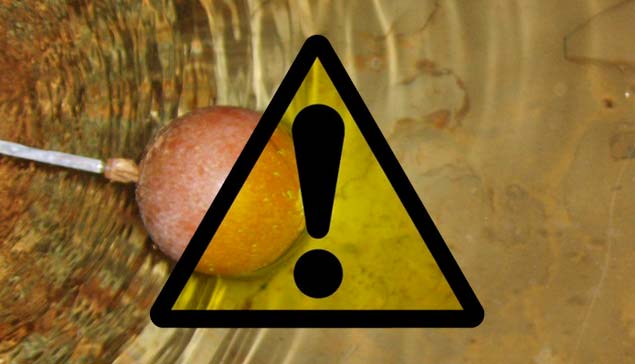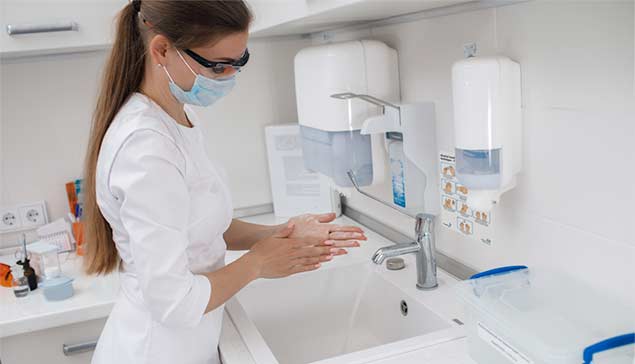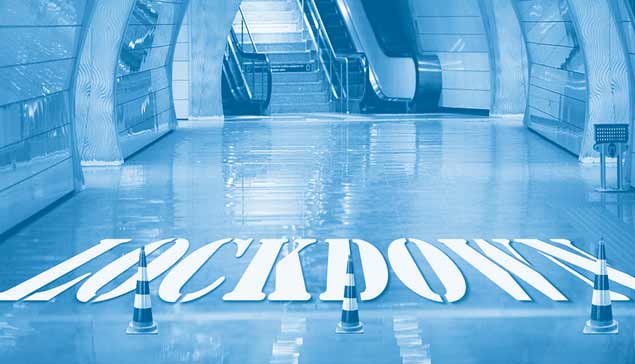ASSOC. COMPANY
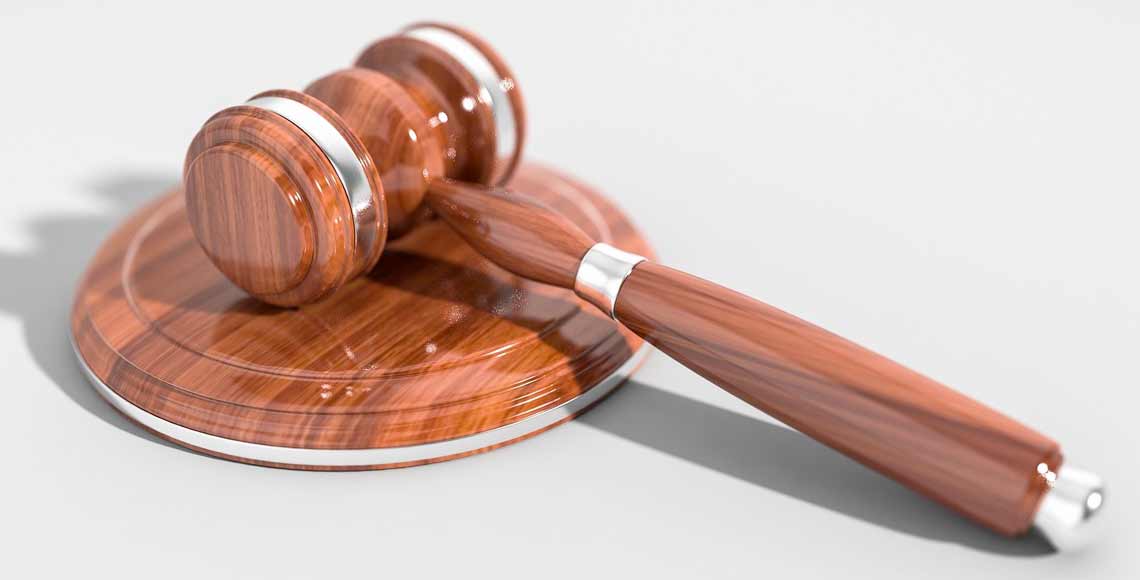
26 March 2014
Legionella Monitoring: What are your duties?
As an employer, or a person in control of premises, you are responsible for health and safety and need to take the right precautions to reduce the risks of exposure to Legionella. The Health and Safety Executive provides extensive guidance to help you ensure you meet your obligations. In this article, the team at W.E.T have identified the important factors to consider. These are:
- Resourcing Legionella Compliance
- Practicality of ACoP L8 & HSG274
- Record Keeping
Resourcing Legionella compliance
The first step towards compliance is to carry out a Legionella Risk Assessment. Carrying out a risk assessment is your responsibility. You may be competent to carry out the assessment yourself but, if not, you should call in help and advice from a professional and qualified company such as W.E.T, who can assist you to ensure compliance for all aspects of water hygiene.
A key part of ACoP L8 is that following a Legionella risk assessment you should prepare a written monitoring plan to control the identified risks of Legionella, to include:
- your system, e.g. develop a written policy and scheme
- identify who is responsible for carrying out the assessment and managing its implementation
- the safe and correct operation of your system
- what control methods and other precautions will be in place
- what checks will be carried out, and how often will they be carried out, to ensure the controls remain effective
The monitoring tasks can be undertaken in-house by a nominated responsible person who is competent and suitably trained. There are many cost effective training packages W.E.T offer to allow the nominated responsible person to undertake the basic monitoring tasks.
If you decide to employ contractors to carry out the water hygiene monitoring or other work, it is still the responsibility of the competent person to ensure that the treatment is carried out to the required standards.
Practicality of ACoP L8 HSG274
Here is an example monitoring regime, whereby the client has instructed W.E.T to carry out monthly monitoring at their premises. This particular client has resources in house that are able to carry out the weekly monitoring task, ‘flushing of little used outlets’ and where required ‘the descaling of taps’. W.E.T will then be responsible for undertaking the remaining tasks as displayed below.
| Weekly | Monthly | Quarterly | 6-Monthly | Annually | |
|---|---|---|---|---|---|
| Flushing of little used outlets | CLIENT | ||||
| Descaling taps | CLIENT | W.E.T | |||
| Temperature monitoring (inc. Sentinel points) | W.E.T | ||||
| Records audit | W.E.T | ||||
| Service TMV(s) and intergrated filters | W.E.T | ||||
| Showerhead clean and descale | W.E.T | ||||
| Water tank inspection | W.E.T | ||||
| Water tank temperatures (6-monthly) | W.E.T | ||||
| Potable water tank TVC & Legionella sampling | W.E.T | ||||
| Calorifier inspection and blowdown | W.E.T | ||||
| Calorifier flow & return temps | W.E.T |
The recent addition of the document HSG274 aims to simplify and clarify the legislation surrounding water hygiene monitoring and Legionella prevention, to enable dutyholders to apply the legislation to their everyday routine.
Record keeping
An integral part of your Legionella management programme is to keep records of all monitoring results and any findings. These results, findings and a record of completion/ attendance (dependant on whether the tasks are undertaken in house or by an external water hygiene company) should be compiled in a site specific log book.
Should there be an outbreak in your area this will be the first port of call for the HSE inspector, all records must be up to date and results are in line with requirements.
If you have any questions regarding your legal duties and responsibilities, do not hesitate to contact a member of the team on 01827 288810, we will be happy to help and offer advice.


